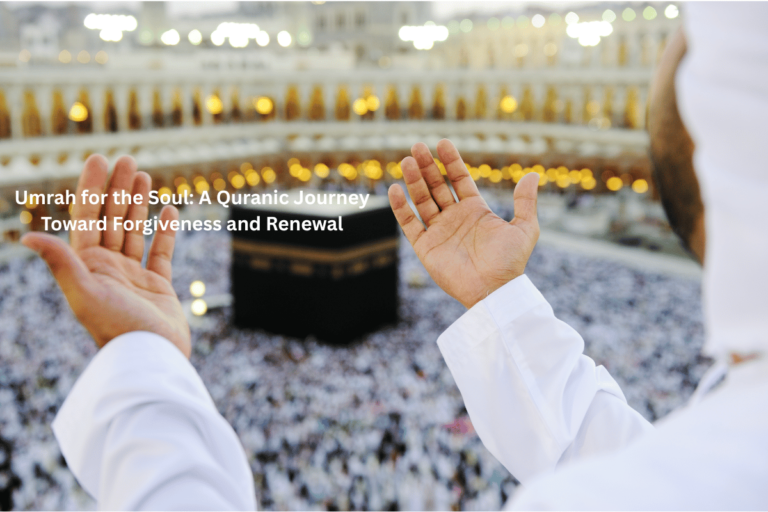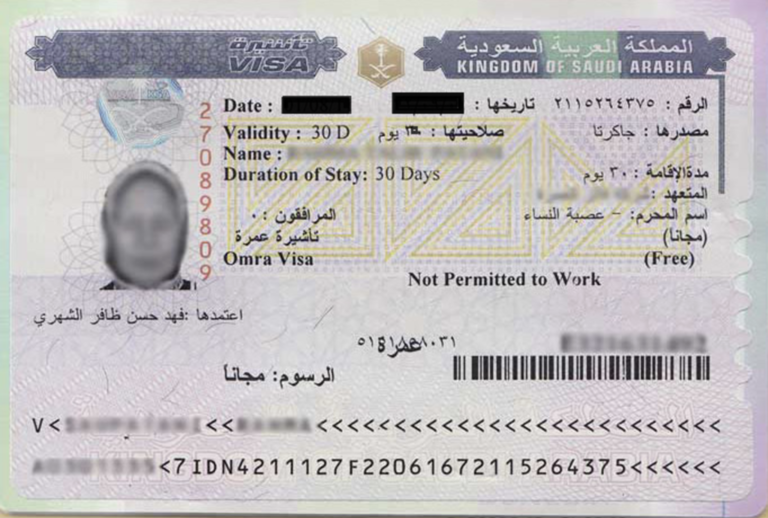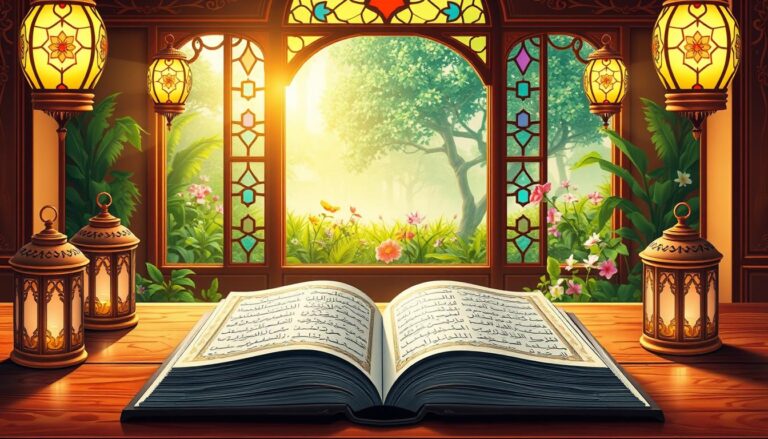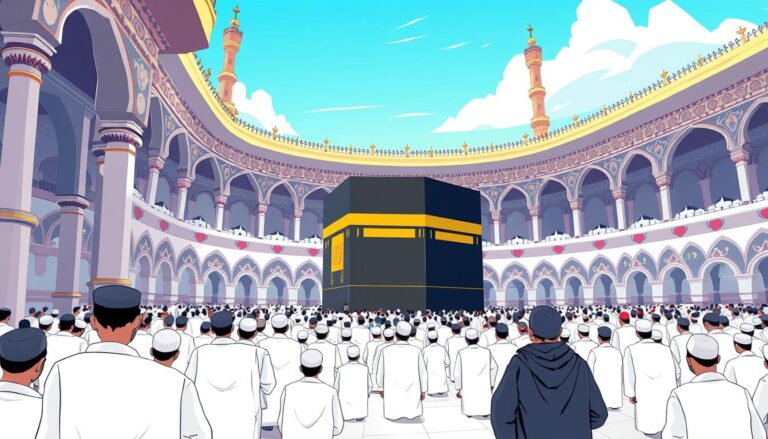Reform Movements in Islam You Should Know About
Can Islam fit into today’s world while keeping its core values? This is the main question of Islamic reform movements from the last century. They try to mix Islamic faith with today’s problems, leading to discussions on religion’s role in society.
Islamic reform covers many ways, from progressive Islam to modernist views. Reformers tackle issues like gender equality, human rights, and science within Islam. Their work has brought new views on Islamic texts and traditions.
The Muslim Reform Movement, started in 2015, shows recent efforts for a more progressive Islam. This group pushes for peace, social justice, and secular rule. Their Declaration of Reform, placed in a Saudi mosque, challenges extremist views.
Earlier, reform movements began in the 18th century due to Western influence. Muslim empires were declining, struggling with Europe’s tech and economy. This time saw different reactions, from copying European ways to going back to Islamic basics.
Key Takeaways
- Islamic reform movements aim to reconcile faith with modernity
- The Muslim Reform Movement, founded in 2015, promotes progressive values
- Reform efforts range from modernist interpretations to Islamic revival
- Historical context includes the decline of Muslim empires in the 18th century
- Reformers address issues like gender equality and scientific advancement
Understanding Islamic Reformism
Islamic reformism, or Islah, aims to make Islamic traditions fresh and relevant. It started in the 19th century as Muslims faced modernization and Western influence. Reformists try to mix Islamic faith with today’s ideas and solve big social problems.
Definition and Scope of Islamic Reform
Islah is about making Islamic principles fit today’s world. It means looking at religious texts, practices, and laws again. This movement touches on many areas, not just religion, including society, economy, and politics.
Historical Context of Reform in Islam
The early 20th century marked the start of Islamic reform. Muslim societies were facing colonialism and fast modernization. Reformists wanted to keep Islamic identity while moving forward. This led to the rise of important thinkers who paved the way for future reforms.
Key Principles Driving Islamic Reform
Islamic revival and modernization are at the heart of reform. The main ideas include:
- Reinterpreting Islamic law (sharia) for today’s world
- Supporting human rights, especially for women and youth
- Introducing democratic values through shura (consultation)
- Dealing with economic and social issues in an Islamic way
“Reform in Islam is not about changing the faith, but about understanding it in light of new realities.”
As Muslim societies grow, Islamic reformism keeps changing religious thought and practice. It helps Muslims connect with modern times while staying loyal to their spiritual roots.
Islamic Modernism: Bridging Faith and Modernity
In the 19th century, Islamic modernism began as a response to European colonialism. It aimed to mix Islamic faith with modern values and science. Reformers wanted to make Muslim societies strong again by updating Islamic teachings for today’s world.
European education systems led to debates on modernizing Muslim societies. Islamic modernist thinkers pushed for unity and education reform. They wanted to counter Western cultural and political influence.
Important figures like Sir Sayyid Ahmed Khan and Muhammad Abduh shaped Islamic modernism. They suggested reinterpreting Islamic texts for today’s social, political, and scientific world.
“We must reconcile our religious beliefs with modern knowledge to progress as a society.”
Islamic modernists believed in using ijtihad (independent reasoning) to update Islamic law. They focused on the Quran and Sunnah but also used critical thinking for today’s issues.
- Promoting democracy and civil rights within an Islamic framework
- Harmonizing scripture with modern scientific knowledge
- Advocating for women’s rights and political reform
- Distinguishing between defensive and offensive jihad
Islamic modernism’s influence is still seen in today’s Islamic thought. It shapes talks on faith and modernity in Muslim communities around the world.
The Islamic Revival Movement
The Islamic revival movement started in the mid-20th century. It focuses on returning to Islamic values in society and politics. This movement has greatly influenced Muslim societies today.
Origins and Development
The Islamic resurgence began in the 1970s. Leaders like Ayatollah Khomeini in Iran and Sheikh Kishk in Egypt used audiocassettes to share their teachings. The movement grew with the introduction of new media in the 1990s.
In the 1970s, many Muslim women started wearing the veil (hijab). This showed a growing wish to follow Islamic traditions.
Key Figures in Islamic Revival
Several key figures played important roles in Islamist movements:
- Hassan al-Banna: Founder of the Muslim Brotherhood
- Sayyid Qutb: A leading thinker in political Islam
- Abul A’la Maududi: A Pakistani scholar and leader
These leaders inspired many and helped create groups that still affect Muslim societies today.
Impact on Contemporary Muslim Societies
The Islamic revival has had a lasting effect on Muslim societies globally. It led to the creation of Muslim religious and cultural groups in the West in the 1980s and ’90s. Examples include the Islamic Society of North America and the European Council for Fatwa and Research.
In many Islamic countries, Islamist parties have become major political forces. These parties are often led by young, educated people who want to apply Islamic values in government.
“The Islamic revival brought about re-Islamization, evidenced by the increased number of sharia-based legal statutes and a notable rise in attendance at Hajj.”
The movement continues to influence political discussions, social norms, and personal practices in Muslim communities worldwide.
Progressive Islam: Embracing Liberal Values
Progressive Islam is a new way to understand Islam, focusing on liberal values. It aims to mix Islamic teachings with today’s ideas like democracy and human rights. This movement started in the 18th and 19th centuries and now tackles today’s social problems.
Liberal Islam wants to include everyone in its interpretation of religious texts. Scholars like Muhammad Abduh moved away from strict rules, encouraging reason in a changing world. This idea appeals to many Muslims who want to live their faith in today’s world.
Islamic liberalism also affects society and politics. For example:
- Keith Ellison, born in 1963, became the first Muslim elected to U.S. Congress
- Asra Nomani, born in 1965, fights for women’s rights in Islam
Thinkers like Abdulaziz Sachedina and Khaled Abou El Fadl are changing Islamic ethics and law. They suggest we rethink old ways to tackle issues like poverty and extremism.
“The rediscovery of Islamic liberation theology is critical for Muslims in the twenty-first century.”
This movement could solve problems in Muslim countries. By accepting liberal values, Progressive Islam makes Islam more open and flexible for today’s world.
Feminist Movements in Islam
The fight for gender equality in Islam started in the 19th century. Muslim feminists have worked hard to support women’s rights in Islam. They challenge old views and push for a fair understanding of religious texts.
Emergence of Islamic Feminism
Islamic feminist movements started in the Middle East in the mid-1800s. The term “Islamic feminism” became well-known among scholars in the 1990s. These movements have made big steps over nearly two centuries, tackling issues like veiling, polygyny, and gender inequality.
Notable Muslim Feminist Thinkers
Several remarkable women have shaped Islamic feminism:
- Tahirih Qurrat al-‘Ayn: Executed in 1852 for her public declarations against gender inequality
- Amina Wadud: Applied linguistic analysis to reinterpret the Qur’an
- Begum Rokeya: A pioneer in promoting women’s rights in Muslim societies
Challenges and Achievements
Islamic feminists face many challenges, like male-dominated tafsir practices and limited religious education for women. Yet, they have made big progress in promoting gender equality in Islam. By reinterpreting the Quran and Hadith, they fight for women’s rights and social justice within an Islamic framework.
Islamic traditions support male-female equity, maintaining that while rights and responsibilities are equal between the sexes, they are not necessarily identical, promoting complementarity over competition.
The ongoing efforts of Islamic feminists are changing how we think about gender roles, family dynamics, and individual rights in Muslim communities. They aim for a more inclusive and fair interpretation of Islamic teachings.
Reform Movements in Islam You Should Know About
The Muslim Reform Movement is leading the way in Islamic renewal today. It promotes a respectful and inclusive view of Islam. This view supports peace, human rights, and secular governance.
Reformist Islam aims to bring back the progressive spirit of early Islam. It does this by making early teachings fit for today’s world.
This movement looks up to scholars like Abu Hamid Muhammad al-Ghazali and Ibn Taymiyya. It also draws from 19th-century reformers like Sayyid Jamal al-Din al-Afghani. They wanted to mix Islamic traditions with European values.
Today, reformers face a big challenge. They must keep cultural traditions alive while dealing with a globalized world.
Important figures in today’s Islamic reform include:
- ‘Abd al-Karim Sorush, who wants to mix modern ideas with religious views
- Hasan al-Banna, founder of the Muslim Brotherhood, who pushed for social changes
- Islamic feminists, who fight for gender equality in religious settings
The Muslim Reform Movement backs the Universal Declaration of Human Rights. It also encourages open talks about reform within Muslim communities. As more people get secular education, Islamic leaders come from different backgrounds. This leads to both liberal and radical reform movements.
“Reform in Islam is not about changing the faith, but about rediscovering its core values of justice, compassion, and equality.”
The journey of Islamic renewal keeps growing. Brave reformers around the world are shaping the ongoing conversation about Islam’s role in today’s society.
The Role of Education in Islamic Reform
Islamic education has shaped Muslim societies for centuries. The golden age of Islamic scholarship, from 800 to 1000 CE, was a time of great learning and culture. Knowledge was split into three main areas: Islamic sciences, philosophical and natural sciences, and literary arts.
By the 10th century, Baghdad had thousands of mosques, many as learning centers. Madrasas, or Islamic colleges, started in the 9th century. The famous vizier Niẓām al-Mulk opened a renowned madrasa in Baghdad in 1057.
Islamic scholarship grew across the Muslim world. Cairo had 75 madrasas, and Damascus had 51. In Spain, cities like Córdoba and Granada had important madrasas for religious and physical sciences.
“Education is the backbone of Islamic reform, fostering critical thinking and new interpretations of religious texts.”
Today, Islamic education keeps evolving. Modern schools play a big role in shaping Islamic thought. They focus on religious literacy and critical thinking, helping with ongoing reform and facing modern challenges.
Technology and Social Media in Modern Islamic Discourse
The digital age has changed Islamic discourse. Muslims now use technology to learn and share their faith. This change has altered how they interact with religious teachings and each other.
Digital Platforms for Islamic Learning
Online resources are key for Islamic education. Muslim youth use the internet to learn about their faith. Apps, websites, and courses make Quranic studies and Islamic history easy to access.
Social Media’s Impact on Religious Discussions
Religious social media has changed Islamic discourse. Platforms like Twitter and Facebook let Muslims worldwide discuss religion. Islamic scholars now reach millions, like Shaykh Mohammed Alarefe with over 20 million Twitter followers.
Challenges of Online Religious Content
Online fatwa services make religious rulings easy to find. But, finding true Islamic knowledge online is hard. Anyone can share their views online, making it hard to know what’s real.
- 500 million tweets issued from Saudi Arabia monthly in 2015
- Saudi Arabia is a leading country for Twitter use
- Hybrid Imams like Yasir Qadhi and Mufti Menk bridge traditional and modern teachings
Islamic digital platforms bring both benefits and challenges. They offer access to religious knowledge but require careful navigation to find accurate information.
Western Muslims and the Reform Movement
Muslim minorities in Western countries face unique challenges. They must keep their Islamic identity while fitting into their new homes. Western Islamic organizations help guide them through these complexities.
The Islamic Society of North America and the European Council for Fatwa and Research are key. They offer support and direction to these communities.
Integration of Muslim minorities has led to different views within Islamic communities. Some stick to traditional rituals and Sharia law. Others welcome Western knowledge and progress.
Second and third-generation Muslim immigrants are leading the way. They aim for a universal Islam that fits their Western upbringing. This shows a big intellectual crisis between Western and Islamic worlds.
Muslim thinkers are exploring different ways to respond. They range from rejecting Western ideas to fully embracing them. This ongoing dialogue shapes the future of Islam in the West.
Source Links
- Muslim Reform Movement
- Islamic world – Reform, Dependency, Recovery | Britannica
- The Concept of an Islamic Reformation
- Islam and Democracy
- Modernity, Its Crisis and Islamic Revivalism
- Islamic modernism and reform movements | Islamic World Class Notes | Fiveable
- Islamic modernism
- Islamic world – Revival, Reform, Culture | Britannica
- Islamic revival
- Islamic world – Islamist Movements, 1960s | Britannica
- Liberalism and progressivism within Islam
- Islam And Liberalism
- What it means to be a “progressive Islamist” – ABC Religion & Ethics
- Women and the Qur’an: Feminist Interpretive Authority?
- Islamic traditions and the feminist movement
- Islamic feminism
- MUSLIM REFORM MOVEMENT
- Islamic Reform | Encyclopedia.com
- Reformation of Islamic Thought. A Critical Historical Analysis
- Education – Muslim, Aims, Purposes | Britannica
- Islam – Schools, Madrasas, Universities | Britannica
- Islamic Ethics and The Rise of Digital Technology – Maydan
- The Paradoxes of Modern Islamic Discourses and Socio-Religious Transformation in the Digital Age
- Modern Western Thought and Islamic Reformism: Intellectual Challenges, Prior Discourse, and Future Prospects
- The origins and early development of Islamic reform (Chapter 4) – The New Cambridge History of Islam







